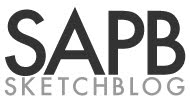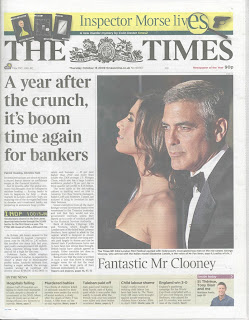Censorship is the suppression of speech. “Speech” can mean what I would call “meaningful speech” (information, reporting, data, art, opinions etc.), or other speech. Both can be censored, with some very specific censoring techniques for the latter (e.g. “bleeping”, “pixelation”, black stripes over naked breasts etc.).The suppression of speech can be enforced by the government and by a government appointed “official” censor, but there are other types of censorship as well. Newspapers, for example, may decide that an article should not be published because the owners or the sponsors/advertisers of the newspaper would object. Or because there is some other reason, such as national security, patriotism, political correctness, the willingness to avoid offense etc.
In such cases we speak of self-censorship, a voluntary self-inflicted restriction of speech. However, what appears to be self-censorship is often more like indirect censorship. Governments can censor indirectly. They can pressure people to censor themselves, for example by way of intimidation. Another indirect way for governments to censor is to take over the media, outlaw independent media and create a government controlled media monopoly.
Speech can be censored in many ways: books can be burned, newspaper articles can be replaced by white space, the internet can be filtered, texts can be “edited”, images or maps can be altered, satellite dishes or other tools of information gathering can be prohibited, people can be indoctrinated into accepting taboos, writers can be intimidated, imprisoned or killed etc.
http://filipspagnoli.wordpress.com/tag/censorship/
The great firewall of China
In the space of about a decade, China's tech development has raced ahead to catch up with some of the most advanced countries in the West. But there are still stark differences, finds Richard Taylor. Link
Wartime Censorship
This is a portion of a letter (second page) which shows how soldiers letters were censored while in the CTC. The areas that appear black in the image are actually parts that were physically cut out from the page by a censor at the CTC Headquartes in Bournemouth, England. Return addresses were always removed to keep the location of the CTC schools secret. The censor would sometimes write in a return address (which would be the Headquarters' address in Bournemouth). If there was a reference in the letter to towns or landmarks in the vicinity of the CTC school, that would also be cut out. Letters written on both sides of a piece of paper were especially hard to read since they could get chopped up from both sides.



















